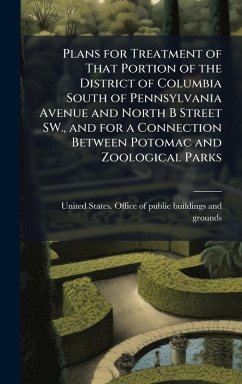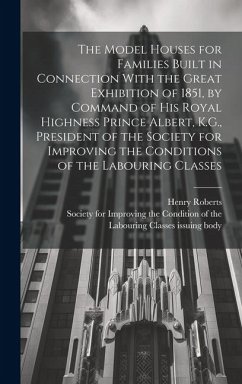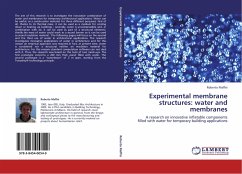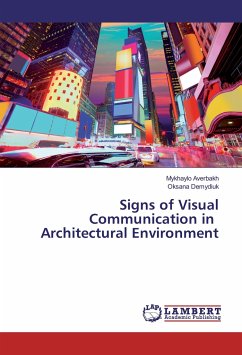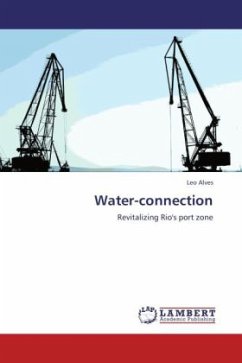
Water-connection
Revitalizing Rio's port zone
Versandkostenfrei!
Versandfertig in 6-10 Tagen
32,99 €
inkl. MwSt.

PAYBACK Punkte
16 °P sammeln!
With the choosing of Rio de Janeiro as the host of the 2016 Summer Olympic Games, the eyes of the world have turned towards the city. It is a chance for Rio to restructure and reinvent itself. Among the city's most degraded areas is the neighborhood of Gamboa - Rio's long forsaken Port zone. This region is deeply connected to the history of the city, but has seen many changes in its character throughout time, as landfills and urbanization works have changed its coastline and building's identity. This book dives deep into the origins of Gamboa in an attempt to propose a master plan that will re...
With the choosing of Rio de Janeiro as the host of the 2016 Summer Olympic Games, the eyes of the world have turned towards the city. It is a chance for Rio to restructure and reinvent itself. Among the city's most degraded areas is the neighborhood of Gamboa - Rio's long forsaken Port zone. This region is deeply connected to the history of the city, but has seen many changes in its character throughout time, as landfills and urbanization works have changed its coastline and building's identity. This book dives deep into the origins of Gamboa in an attempt to propose a master plan that will revitalize the area through improving the quality of life of the local residents as well as attracting new residents, increasing density and diversity in the region. In this city deeply characterized by its beaches, to reconnect the older, historical part of Gamboa and the communities living by the mountains to the water is a way of reconnecting this neighborhood to the identity of Rio.




